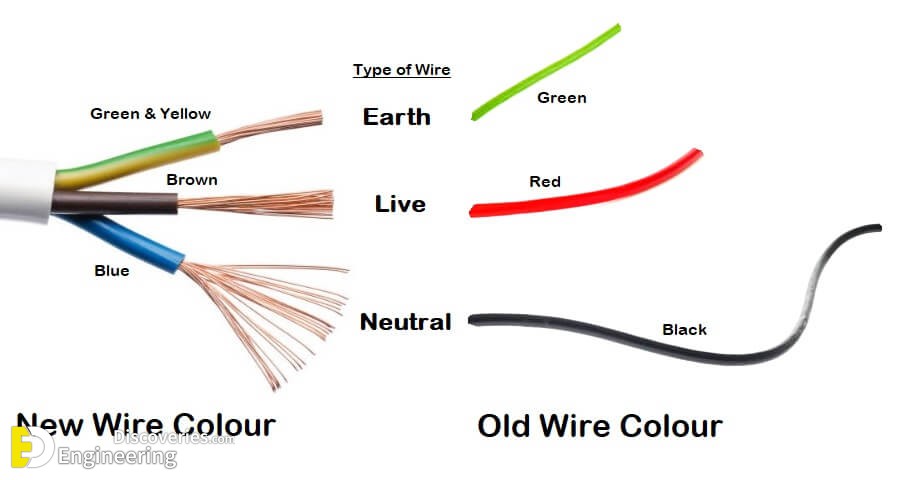The Personal Photographer of President Truman
페이지 정보
작성자 Glenda 작성일24-09-20 20:58 조회2회 댓글0건관련링크
본문
It was an impressive demonstration six years ago - so we can only imagine the potential of an up-to-date system today. The system, Qualcomm assured us, would be unaffected by the weather and multiple cars could use the system while all receiving the same charge. A number of LEVC TX taxis have been specially prepared to charge via dedicated wireless charging stations developed by Sprint Power, with the ultimate aim of making the system production ready in due course. The first, static wireless charging, functions much like a wireless charging pad for a smartphone and works when a compatible electric car is parked on top. There are two main types of wireless electric car charging either on the market or in development. These positive steps could help the technology enter the mainstream, but don’t expect a widespread charging revolution anytime soon. The report concludes that the technology is a great idea with "potential superiority over traditional charging stations in terms of operational efficiency and end-user satisfaction" - but that cost is a major limiting factor. The report outlines some suggested areas for developing the technology into a viable product, including the need for economic analysis, optimisation of ‘critical components’ to lower costs, and the need for "a consensus among EV manufacturers and dynamic charging facility providers to ensure the same charging standard across different brands" - just as standardised plug types are currently in place.
" over conventional charging networks for electric car drivers, minimising detours to - and time spent at - traditional static chargers. Since the power flow in a DC link is controlled independently of the phases of the AC networks that it connects, this phase angle limit does not exist, and a DC link is always able to transfer its full rated power. When working with energized power lines, powerline workers must use protection to eliminate any contact with the energized line. The wire must be able to carry the current (several thousand amps), remain in line with the route, withstand wind (in Hong Kong typhoon winds can reach 200 km/h), extreme cold and heat and other hostile weather conditions. The Canadian Electrical Code requires that "essential" receptacles in hospitals, connected to emergency power systems, must be red. NEMA 10s are classified as 125/250 V non-grounding (hot-hot-neutral), and were designed to be used in a manner that indirectly grounds the appliance frame to the neutral, which was common before the requirement of a separate safety ground was incorporated in the National Electrical Code.

Voltages above 765 kV are considered extra high voltage and require different designs. The subsections can be joined through special high speed section switches. Dynamic wireless charging - where an electric vehicle can be charged wirelessly as it moves - has been in development for decades. Given the huge positive impact such systems could have on the electric car market, it’s no surprise that many companies have taken the plunge to try to bring wireless electric car charging to the masses. Fast forward to today and it seems that static wireless charging for electric cars is getting closer to reality but still isn’t a widespread commercially available option. Many companies have already invested in wireless charging including BMW, Hyundai, Tesla and Geely. What about dynamic wireless charging for electric cars? What are fast charging and rapid charging? NEMA 12 series devices are three wire, three-pole, non-grounding devices for 3-phase, 480-volt equipment. Peak charging power was 3.2kW - enough to charge the car’s small battery in around three and a half hours.
Known as inductive charging, this wireless EV charging technology uses electromagnetic induction to charge batteries instead of conventional cabled solutions. What happens to old electric car batteries? How long do electric car batteries last? Is wireless electric car charging the future? BMW Introduced a pilot scheme in 2018 that saw participating owners of a specifically configured 530e plug-in hybrid test a home wireless charging pad. In Nottingham, Wireless Charging of Electric Taxis (WiCET) is a project funded by the Office for Zero Emissions Vehicles to "assess the commercial and technical viability of deploying wireless charging for electric Hackney Carriages". The WiCET scheme’s funding came as part of a £40m government investment package, itself part of the wider Road to Zero strategy first published in 2018. £20 million was dedicated to funding projects that investigate charging solutions for residential streets where electric vehicle (EV) owners have no off-street parking, while a further £20 million was earmarked for static and semi-dynamic wireless charging solutions for commercial vehicles. These sockets and plugs are four prong (see receptacle chart above) grounding devices (hot-hot-neutral-ground) available in ratings from 15 to 60 A. The voltage rating is 250 V. Of the straight-blade NEMA 14 devices, only 14-50 and 14-30 are in common use and either may be used for home charging of electric vehicles.
Should you loved this information along with you desire to acquire guidance with regards to what is electric cable i implore you to check out our own page.
댓글목록
등록된 댓글이 없습니다.



